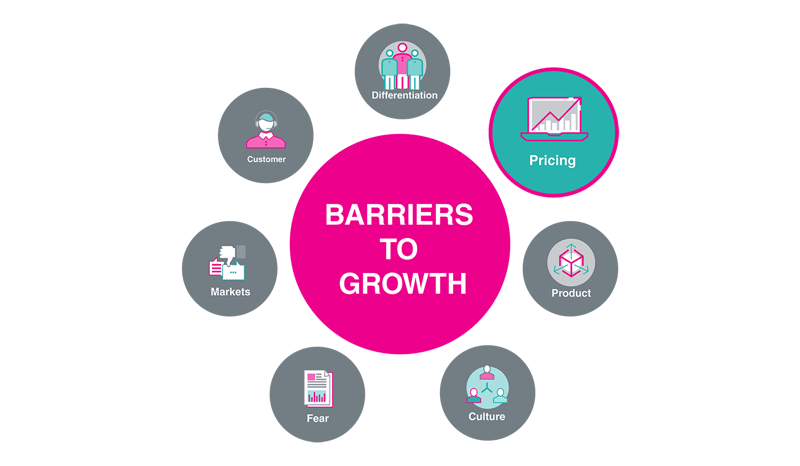Welcome to the second article in our series on lead generation: Lead Gen in 10.
Now that you know how to define a qualified lead for your business, we’re going to show how many leads you’ll need to hit your financial targets.
Why is this so important? By working backwards from your sales targets, you can work out how much marketing you’ll need to reach your goals. This will help you understand your conversion rates at each stage of the buyer journey.
Measuring and improving your conversion rates of the leads you have is more cost-effective than just adding more and more leads to an inefficient pipeline.
What you’ll need:
- Your financial targets for the next 12 months
- Sales data for the last 12 months (more on this later).
- You’ll also need a calculator or a spreadsheet you can use for number-crunching.
Want 4 more exercises to improve your lead generation?
Our Lead Gen in 10 workbook will give you five useful exercises to improve every aspect of your lead generation.
Step 1 - Establish your new business objective and average deal value
How much new revenue do you need to generate over the next 12 months? It’s worth bearing in mind that we’re talking about NEW revenue from new qualified leads, not repeat customers or up/cross-sell opportunities.
Once you have this figure, we need to work out how many sales you’ll need to close to hit this target.
To calculate this, divide your NEW customer revenue for the last financial year by the number of new sales closed over that period. This will give you your Average Order Value. (AOV)
Now divide your target revenue by your average deal value to see how many new customers you need to win.
|
EXAMPLE: Let’s imagine that our financial target for revenue from New customers this year is R248,000. Last year we closed 30 new sales with a total value of R200,000 giving us an Average Order Value (AOV) of R6,667. [add to this number the SA Rate of Inflation at 3.27%] AOV R6667.00 x 3.27% + = R6 885.00
|
Step 2 - Calculate your conversion rates
- Contact - a new contact that’s added to your CRM database
- Qualified Lead - a potential customer that marketing and sales agree they want to work with
- Customer - a paying customer
Have a look at our first blog in this series if you’re not sure: What's a good lead for your business? and how to get Sales and Marketing to agree!
Naturally, some contacts will become qualified leads and some won’t. Conversion rates tell you how many people at each stage progress onto the next.
By working backwards from a customer, to a qualified lead, to a contact, we can calculate the number of contacts we’ll need to generate in order to hit our sales target.
|
EXAMPLE: 8 of those qualified leads became customers. [8/30 = 27% Lead-to-customer conversion rate.]
|
Step 3 - Estimate the number of contacts you need
This is the final stage in the process. We’re going to combine the targets from step one with the conversion rates from step two. This will tell us how many contacts we need to generate in order to hit our revenue target.
EXAMPLE:
Objective: to close 36 sales from new qualified leads to hit our target of R248,000 Therefore: We need 535 contacts. At a lead-to-customer conversion rate of 25%, will produce approximately 134 New leads. [535 x 25.0% = 134]
This means, based on our New Leads of 134 and our current lead conversion rate of 27% would equate to 36 New customers. [134 x 27.0% = 36]
Summary:
36 new customers at an AOV of R R6 885.00 = R247860.00
Once you’ve calculated your lead generation targets and benchmarked your conversion rates, you’ll be able to track your performance against these metrics on a monthly or quarterly basis.
It’s worth sense checking whether this target is realistic given the market you’re operating in and the resources at your disposal. If not, it might be worth focusing on other areas that can boost revenue.
Good job!
You now know exactly how many leads you need to generate from your marketing to hit your targets.This is the second exercise in our Lead Gen in 10 series. For more exercises to help you close more new business from your lead generation activity, check out the other exercises below:
Or click here to get the entire series in one handy workbook.
Find the gaps in your marketing
We know how hard it is for business owners to find the time to take a step back and review their marketing performance. The Marketing 360 assessment takes just 10 minutes to complete and will give you an objective view of what’s going well and what you should focus on.
.jpg)



